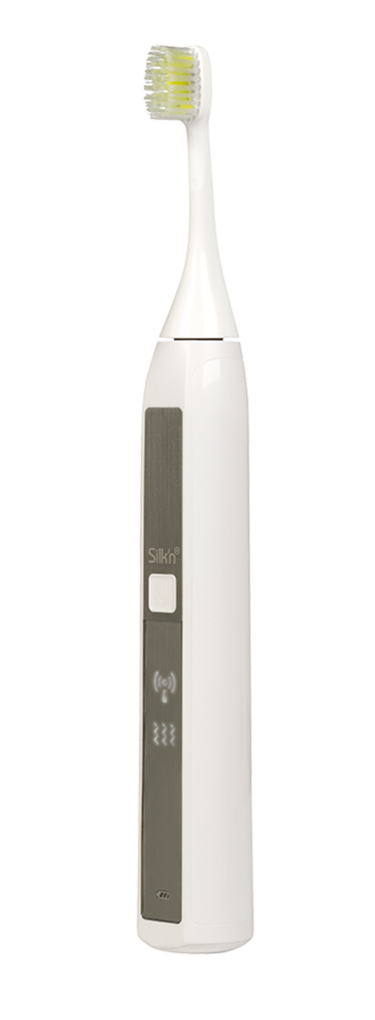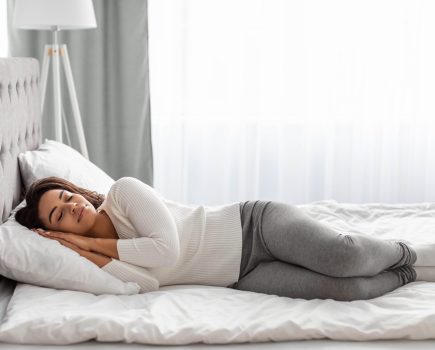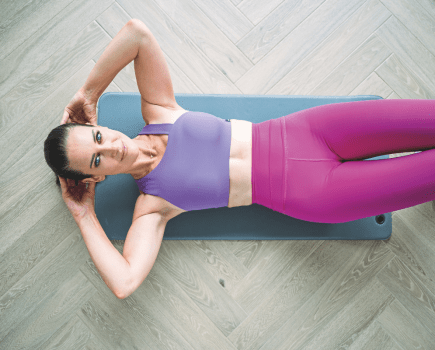Maintaining good dental hygiene is essential at all times. During lockdown, research revealed that many of us were brushing our teeth less and paying little attention to our oral hygiene. Read on for expert advice on boosting your dental routine to look after your teeth and gums…
Click here to order the latest issue of Top Santé magazine!
Tip 1: Use the correct brushing technique

“For good dental hygiene I would advise educating yourself by watching some tutorial videos on the correct technique. Many people are not aware that there are different techniques to be utilised depending on whether you are using a manual, electric or sonic toothbrush,” says Theodora Little, consultant hygienist for Swiss dental care brand CURAPROX UK.
Click here to discover how stress can affect your oral health.
Tip 2: Brush your teeth for longer
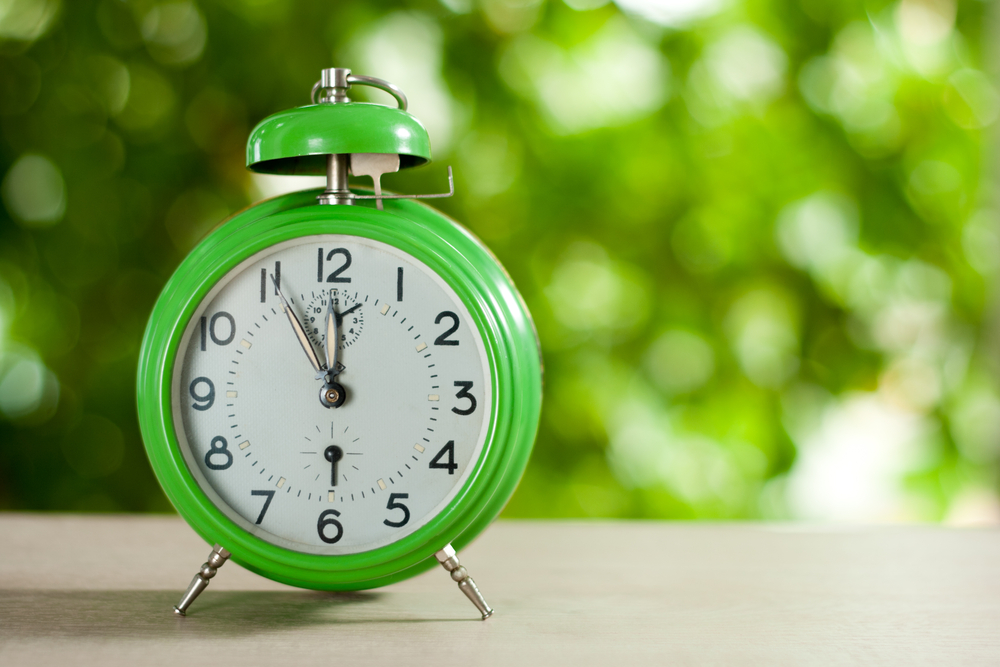 Many of us also do not brush for long enough. Little explains: “The general guidelines are brushing for 2 minutes twice a day, however for many people this is not long enough and 3-4 minutes is optimal. So, practice your new daily routine by using a timer daily set to 2 minutes and split your mouth into 4 sections in which you spend 30 seconds on each section.
Many of us also do not brush for long enough. Little explains: “The general guidelines are brushing for 2 minutes twice a day, however for many people this is not long enough and 3-4 minutes is optimal. So, practice your new daily routine by using a timer daily set to 2 minutes and split your mouth into 4 sections in which you spend 30 seconds on each section.
“After completing, run your tongue around your teeth and if you still feel a slight ‘roughness’ or ‘furriness’ then it may mean you need to adapt your technique or brush for another minute or so.”
Our favourite electric toothbrushes…
Silk’n Toothwave Electric Toothbrush With DentalRF™ Technology
The Silk’n Electric Toothbrush With DentalRF™ Technology (£265) is not just a regular electric toothbrush. In fact, the results achieved with this device differ significantly from any other toothbrush, all thanks to new, clinically proven, patented and safe DentalRF™ technology. DentalRF™ is radio frequency waves, which consisting of charged molecules. These are sent to the surface of each tooth, even reaching under the gumline.
 FOREO ISSA 2 Silicone Sonic Toothbrush
FOREO ISSA 2 Silicone Sonic Toothbrush
Supercharge your brushing routine with the FOREO ISSA 2 Silicone Sonic Toothbrush (£149). Crafted from hygienic silicone, this streamlined device is tough on plaque while protecting gums and teeth from over-brushing. Delivering up to 9,000 high-intensity pulsations per minute, each toothbrush head is durable, lasting twice as long as traditional brushed. The brush is USB-rechargeable, easy to hold and 100% waterproof.
REMEMBER, the best way to minimise the risk of pain from sore, swollen gums is to follow the individual advice you will have been given by your hygienist.
Tip 3: Use interdental brushes

Many people often skip interdental cleaning due to a lack of time. However, it’s crucial for dental hygiene. Little explains: ‘Taking the time even once a day to install this habit can improve your oral health.
“Interdental brushes are nowadays usually recommended as they can be more effective, easier and quicker, however it is important that the right size is used. Some people may only be able to use floss, and again this habit can be implemented with the time we now have.
“As a dental professional, I would also recommend a dental professional demonstrating and educating particular techniques to patients. Alternatively, you can watch a helpful tutorial video here.”
Neel Sanghavi at Hello Dental in Colchester, recommends using the widest bristle interdental brush you can. This means it can sweep away the maximum amount of plaque. “The way to use it is to push the brush fully in, so the plastic handle is touching the gums. Then, pull it down along the gum line against one, tooth, go back in and pull it down along the gum line against the other tooth. If your gums are sensitive or have infection, they may bleed initially. However, this is the best method for clearing away plaque from along the gum line.”
Tip 4: Improve oral hygiene with flossing
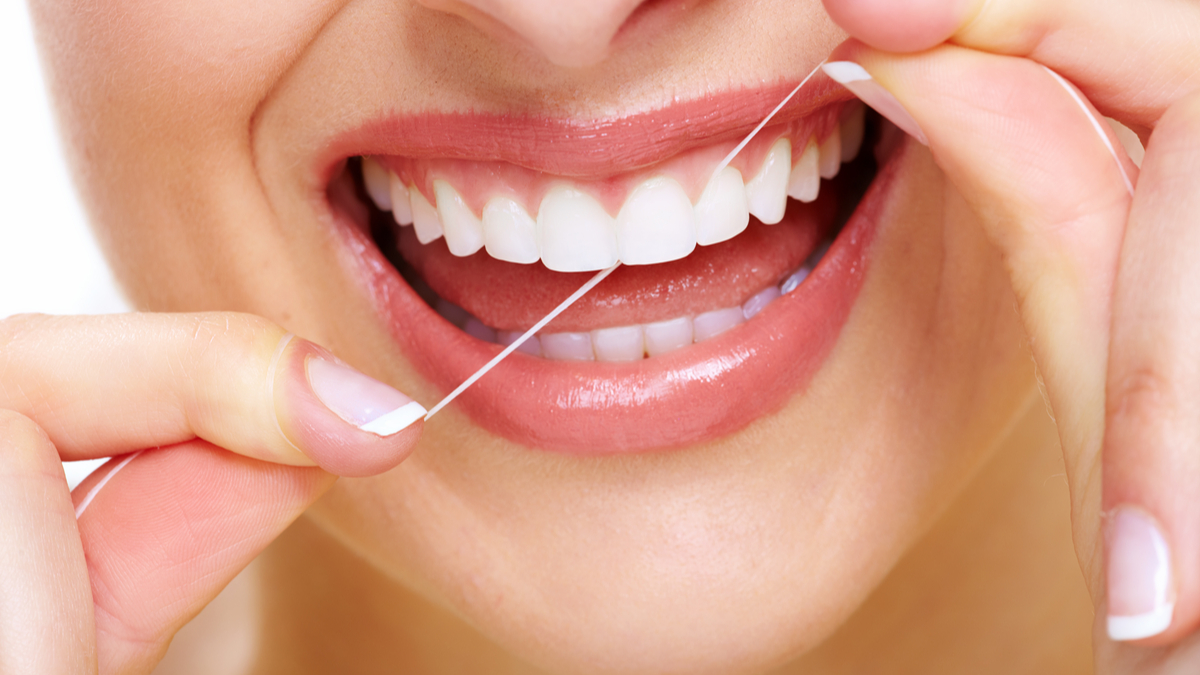
Megan Fairhall, Dental hygienist and dental therapist at Harley Street Dental Clinic, says: “Flossing needs to be an essential part of your dental hygiene regime. This is because brushing doesn’t always reach right in-between the teeth. In fact, it often leaves up to 40% of food debris or plaque behind. Using floss at least once a day is a must.”
Tape floss is best suited for really close-together teeth where an interdental brush won’t fit – for example, between the front middle teeth. However, water flossers have become popular as they can access those hard to reach places.
They’re a good option for people who don’t like to use interdental brushes and they’re more eco-friendly too, as you’re not going through loads of little plastic brushes.
Try a water flosser
Renata Lainchbury, Dental Hygienist at Ipswich Dental Surgery, says: “A water flosser, also known as an oral irrigator, is a device that shoots a stream of water between your teeth and gums. It works to remove any food debris, bacteria and plaque from pesky areas in-between your teeth that are hard to get at with regular floss.
“People with bleeding gums would benefit from using a water flosser, as flossing too hard can cause bleeding gums. Those with braces also benefit, as when you have braces it can be incredibly hard to reach every bit of debris stuck within the braces and underneath the wires.”
 Our favourite water flossers…
Our favourite water flossers…
The Waterpik Whitening WF-06UK Professional Water Flosser (£99) provides precision whitening whilst you floss. Using Waterpik’s patented Whitening Infuser Technology with a gentle whitening agent to whiten your smile in just 4 weeks. It removes up to 99.9% of plaque in treated areas and is more than 50% more effective than string flossing.
And there’s also the smaller Waterpik Cordless Select Water Flosser (£79) which is ultra-quiet, has 4-hour rapid charging and is fully-waterproof so you can take it into the shower.
Click here to learn more about the importance of flossing!
Tip 5: use a tongue scraper to improve oral hygiene

Daily tongue cleaning ought to be part of your oral hygiene routine. As the gum specialist and oral health expert, Dr R Wadia explains: ‘The tongue is made up of lots of crypts, cracks and irregular surfaces so is an ideal site for the growth of bugs/bacteria. These bacteria can produce things which taste and smell foul.’
While the tongue can be cleaned using a regular toothbrush, research suggests tongue scraping may be a more effective method. Dr R Wadia explains: ‘The Ayurvedic ritual of tongue scraping is one of the most powerful tools you can add to your daily wellness routine. One of the most common reasons for bad breath is a buildup of excess debris. This can cause your tongue to take on a white, coated appearance.
‘Daily scraping can help remove this coating and prevent it from returning. Research also suggests that using a tongue scraper twice daily can improve your sense of taste.’
Check out the RW Perio Tongue Scraper (£14), created by Dr R Wadia.

Tip 6: Avoid certain foods for better oral hygiene

According to Hello Dental, the most common dental emergency they see is due to people breaking teeth on hard foods such as chocolate from the fridge, crackling, granary seeds in bread and olive stones frequently break teeth. Therefore to avoid tooth breakages, consider avoiding these foods.
They also advise people to avoid chewy sticky foods that can easily dislodge a filling or crown.
Eating lots of refined carbohydrates and sugars not only leads to increased wear and tear of tooth enamel, but the increase blood sugar attacks teeth from within.
If you’re eating a lot of refined carbs (and even if you’re not!) using a stain-removing toothpaste can help.
Our favourite tooth stain removers…
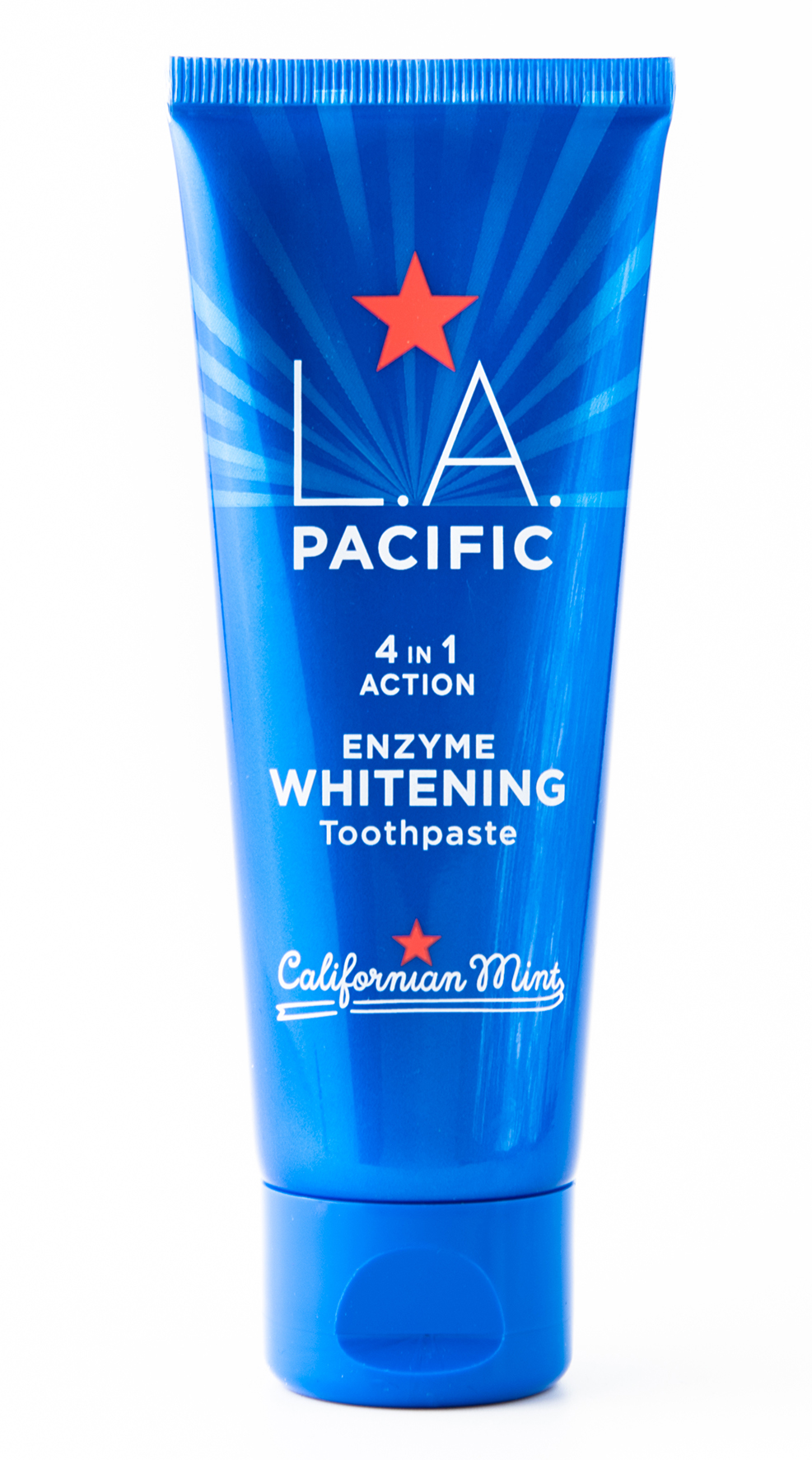 L.A. Pacific Whitening Toothpaste
L.A. Pacific Whitening Toothpaste
New L.A. PACIFIC Whitening Toothpaste (£9.99) is said to be the world’s first enzymatic whitening toothpaste. It replicates and boosts an enzyme found naturally in your mouth when you eat food. This enzyme produces small amounts of hydrogen peroxide when it meets sugar and acts as a natural bleach.
According to studies, the average stain-removing toothpaste removes 40-50% of stains on teeth, where as L.A. PACIFIC is reported to remove 82% of stains after two minutes of brushing. It’s also safe for your enamel, unlike some harsh whitening toothpastes.
TOP TIP: Declan Lenahan, oral care formulator at L.A Pacific, says that when brushing your teeth with toothpaste you should NOT use water! But why?
“Adding water dilutes the effectiveness of the toothpaste. It also reduces the viscosity of it, reducing the adherence to teeth, which is important for the whitening efficacy,” he says.
 White Glo Accelerator
White Glo Accelerator
The White Glo Accelerator (£30) makes at-home teeth whitening easier than ever! Inspired by dentist technology, Accelerator contains whitening gel and an illuminating light tray. When switched on, the blue light activates the White Glo whitening gel to aid the removal of stains, yellowing and discolouration. From just the first use, teeth will appear whiter. After seven days, teeth can be up to eight shades lighter.
It uses dentist-proven LED blue light technology to accelerate whitening results. Plus, White Glo does not test on animals for any products.
Tip 8: Brush first thing in the morning

Megan Fairhall, Dental hygienist and dental therapist at Harley Street Dental Clinic, says: ‘Whatever time you may be waking up, make sure the first thing you do is head to the bathroom for your toothbrushing.”
The reason for this is to clean away any build-up of plaque and bacteria overnight. Otherwise, your breakfast can stick to this build-up.


